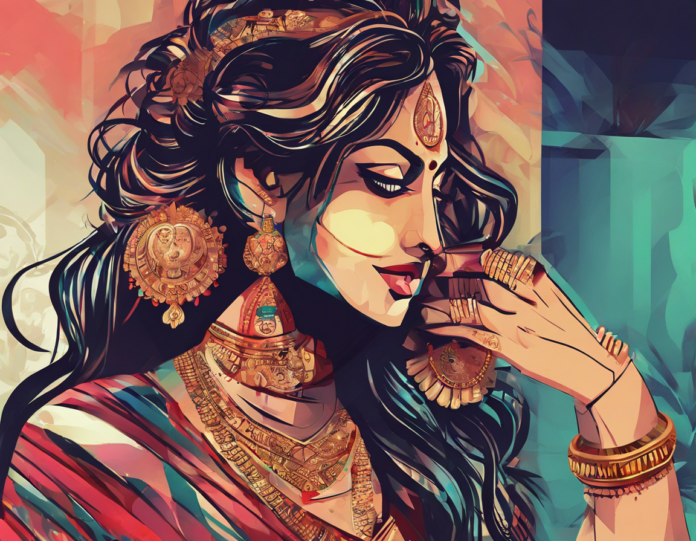Subho Bijoya, also known as Vijayadashami, is a significant Hindu festival celebrated with great fervor across India and among Bengali communities around the world. The festival holds immense cultural and religious significance as it commemorates the victory of good over evil. This auspicious occasion marks the triumph of Goddess Durga over the demon Mahishasura, symbolizing the victory of righteousness and divine forces over malevolence and chaos.
Significance of Subho Bijoya
Cultural Significance
- Subho Bijoya is observed on the tenth day of the Navaratri festival, which culminates with Dussehra or Vijayadashami, symbolizing the triumph of good over evil.
- The festival is a time for reuniting with family and friends, exchanging greetings, and seeking blessings from elders.
- In Bengal, Subho Bijoya coincides with the much-celebrated event of Durga Puja, showcasing grand festivities, elaborate decorations, and traditional rituals.
Religious Significance
- The legend of Goddess Durga slaying Mahishasura is revered during Subho Bijoya, signifying the victory of divine feminine power over demonic forces.
- Devotees offer prayers, perform pujas, and visit temples to seek blessings for prosperity, happiness, and well-being.
- The immersion of Durga idols on Vijayadashami symbolizes the departure of the goddess to her celestial abode, marking the end of her annual visit to earth.
Customs and Traditions
Sindoor Khela
- Sindoor Khela is a vibrant ritual where married women smear each other with vermillion (sindoor) as a mark of matrimonial bliss and solidarity.
- This tradition symbolizes the bond of sisterhood, love, and camaraderie among women, fostering a sense of unity and celebration.
Offering Anjali
- Devotees offer anjali (prayers) to Goddess Durga, expressing gratitude, seeking blessings, and surrendering their wishes and desires.
- The act of offering anjali signifies reverence, devotion, and sacred communion with the divine mother.
Dashami Pujan
- On Vijayadashami, families perform Dashami Pujan to bid farewell to Goddess Durga and seek her divine blessings for prosperity, protection, and abundance.
- The ritual involves offering prayers, ritualistic worship, and distribution of sweets and gifts among loved ones.
Celebrations Around the World
- Subho Bijoya is celebrated with immense zest and zeal not only in India but also in countries with a significant Bengali diaspora, such as the United States, the United Kingdom, Canada, and Australia.
- Cultural programs, traditional performances, feasting on delectable sweets and delicacies, and community gatherings mark the festive spirit of Subho Bijoya globally.
Subho Bijoya FAQs
1. What is the significance of wearing new clothes during Subho Bijoya?
Wearing new clothes during Subho Bijoya signifies fresh beginnings, prosperity, and auspiciousness. It is believed to bring good luck and symbolizes the renewal of one’s spirit.
2. Why is sindoor considered auspicious during Sindoor Khela?
Sindoor symbolizes matrimonial bliss and marital commitment. Applying sindoor during Sindoor Khela is believed to strengthen the bond between married couples and invoke the blessings of Goddess Durga for a harmonious relationship.
3. How is Vijayadashami celebrated in other parts of India?
In different regions of India, Vijayadashami is celebrated in various ways. In North India, it marks the victory of Lord Rama over Ravana, while in South India, it commemorates the victory of Goddess Chamundeshwari over the demon Mahishasura.
4. What is the significance of Vijayadashami for children?
Vijayadashami holds special significance for children as it is considered an auspicious day to commence learning, start new endeavors, and seek blessings for success and wisdom. Many schools conduct special ceremonies or poojas on this day.
5. How long does the celebration of Subho Bijoya last?
The celebration of Subho Bijoya typically spans over ten days during the Navaratri festival, culminating with Vijayadashami. However, the preparations, festivities, and cultural events leading up to the festival may begin weeks in advance, creating an atmosphere of joy and merriment.
